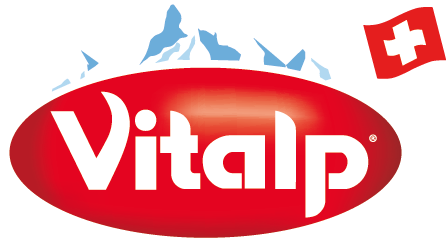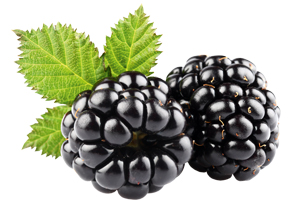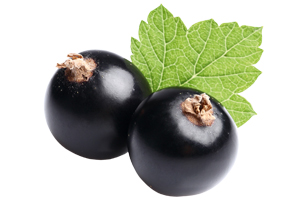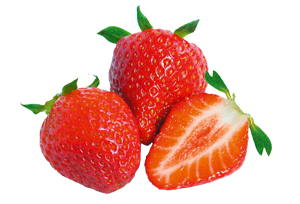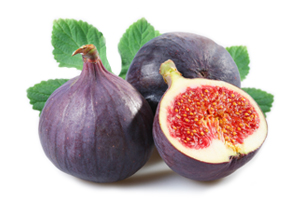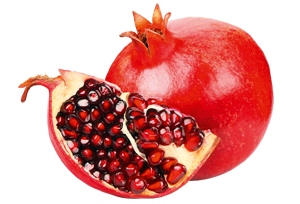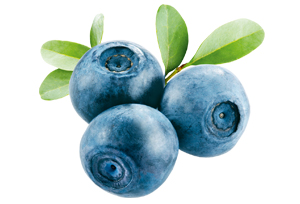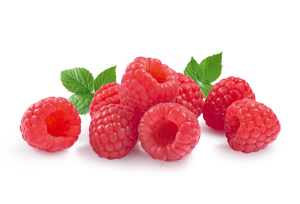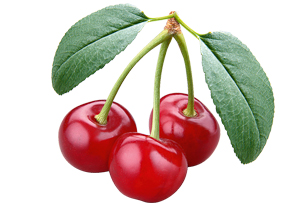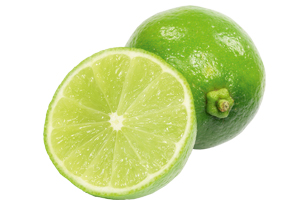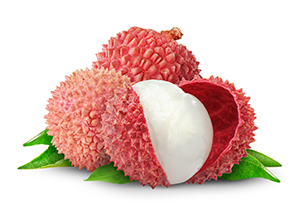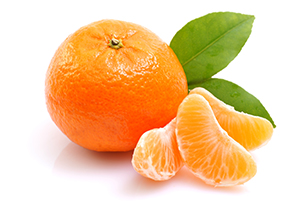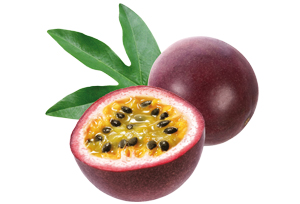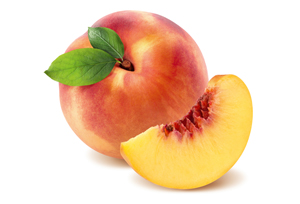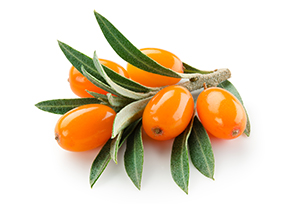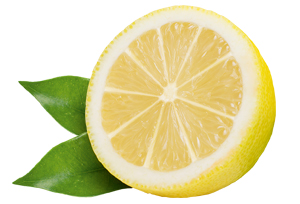Apples
(Malus Mill.)
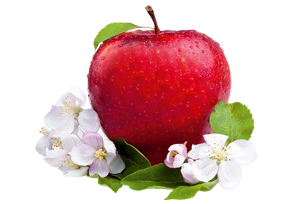
Nutrients: Apples are pomaceous fruits and contain balanced amounts of vitamins that are important for human beings, mainly: vitamin C, vitamins of the B group, vitamin E and vitamin K. They also contain a wide range of minerals, of which potassium is present in especially high amounts. Their various polyphenols, tannins and high pectin content are good for our health, e.g. improving digestion and helping prevent cardiovascular diseases and cancer. The fruit acids in apples —especially malic acid, present in very high quantities— are transformed into bases and counteract excessive tissue acidity.
Apricots
(Prunus armeniaca L.)
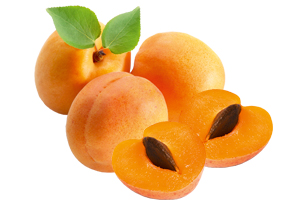
Nutrients: Apricots are so-called “stone fruits”. They contain especially high amounts of minerals in general —especially copper— and provitamin A, vitamins C and E, folic acid, and niacin. Carotenoids with a provitamin A effect help prevent cancer, strengthen the immune system, protect the skin from dangerous UV rays and prevent artery clogging, among other effects.
Bananas
(Musa mannii x paradisiaca)
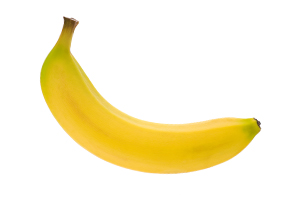
Nutrients: Botanically, bananas belong to the berry group and are the only type of fruit to contain all B-complex “nerve” vitamins in larger quantities. The minerals calcium, iron, iodine, potassium (very high content), copper, magnesium, manganese, sodium, phosphorus, selenium and zinc also make this fruit vital. Bananas have a high sugar content and are thus considered energy boosters. In addition, they improve digestion because of their high amount of fibre.
Pears
(Pyrus communis L.)
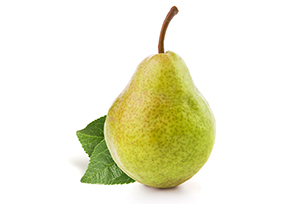
Nutrients: Pears taste sweeter than apples, so many people think they contain more sugar. However, this is because they are lower in fruit acids and are thus ideal for baby food and easily digestible diets. Pears are a good source of provitamin A, vitamin C, folic acid and riboflavin. In addition, they contain even more minerals than apples, including calcium, iron, iodine, potassium, copper, magnesium, manganese, sodium, phosphorus, selenium and zinc. They thus have a purging and diuretic effect and stimulate the metabolism, particularly the liver. Thanks to their high phosphorus and silicic acid content, pears are considered extremely beneficial for the brain and nerve cells.
